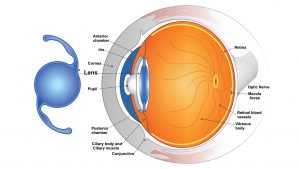WORDS LIM TECK CHOON
On 7 March 2024 Roche Malaysia Sdn Bhd launched the inaugural Empowering Visions: Malaysia Women Ophthalmology Forum in conjunction with International Women’s Day.
Moderated by talk show host Freda Liu, the forum featured the following prominent panelists:
- Datuk Dr Nor Fariza Ngah, Deputy Director of Health, Research & Technical Support
- Dr Tara Mary George, a consultant ophthalmologist
- Dr Shamala Retnasabapathy, a consultant ophthalmologist
The panelists covered a multitude of relevant topics such as breaking barriers and overcoming stereotypes, patient care, the importance of interpersonal skills, the significance of continuous education as well as the professional development of women in the medical profession.
WOMEN BRING VALUE THAT CAN ELEVATE THE MEDICAL PROFESSION
According to Datuk Dr Nor Fariza, women bring a distinct perspective that enriches the profession and elevates patient care.
“In a domain where empathy, communication, and meticulousness reign supreme, women’s inherent strengths make them indispensable contributors,” she said during the forum.
She added: “Moreover, diverse representation ensures healthcare systems are attuned to the varied needs of patients, including those specific to women. By championing and empowering women in ophthalmology and healthcare at large, we not only advance gender equality but also enhance the caliber and efficacy of healthcare provision for all.”
A COMPASSIONATE APPROACH TO OPHTHALMOLOGY
Dr Tara Mary George said: “It is the compassionate approach commonly associated with us women which can significantly enhance patient care. Through empathetic communication and understanding, we can alleviate fears, clarify treatment plans, address patient concerns with as much sensitivity and understanding as possible, and cultivate a supportive environment where patients feel valued and heard.”
FAMILY SUPPORT VITAL FOR WORK-LIFE BALANCE
This key point was brought up by Dr Shamala Retnasabapathy, who said, “The supportive role of family is pivotal in achieving work-life balance, contributing to the empowerment of women in their professional endeavors.”
For her fellow women in the field of ophthalmology, she advised no to neglect continuous education and professional development, as these are essential when it comes to staying abreast of the latest advancements.
“This is another way of showcasing our commitment to providing the highest standard of care to their patients while contributing to the advancement of the field as a whole—and how we pave the way for greater inclusivity, diversity, and progress within the profession,” she added.
AN INITIATIVE TO CHAMPION DIVERSITY & INCLUSION
Choong Mei Chen, who is the Ophthalmology Country Disease Area Lead for Roche Malaysia, Vietnam, Philippines and Indonesia, told us that initiatives such as the Empowering Visions: Malaysia Women Ophthalmology Forum send a resounding message of support and empowerment.
“Together, let us boldly challenge the status quo, dismantle barriers, and pave the way for a future where every individual, regardless of gender, enjoys equal opportunities to excel!” she said.


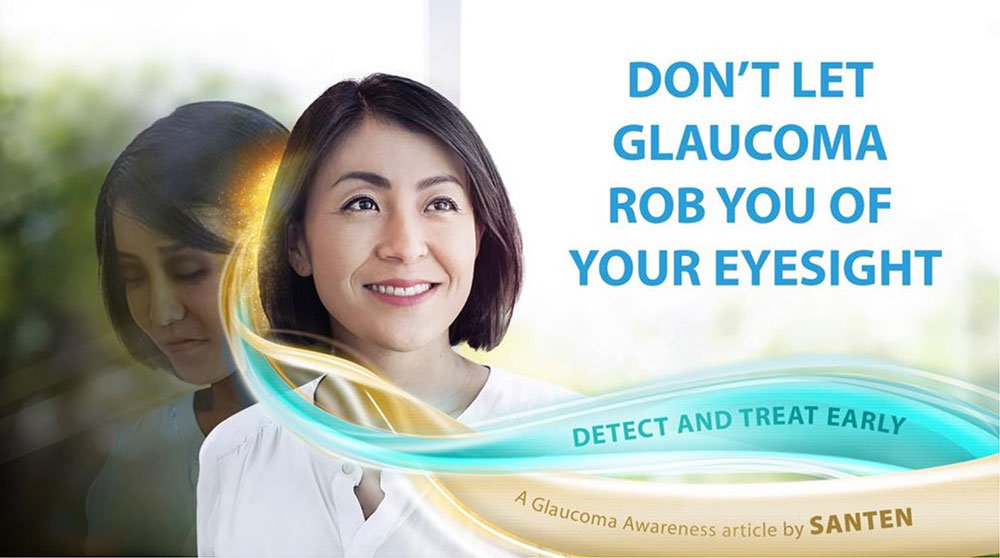
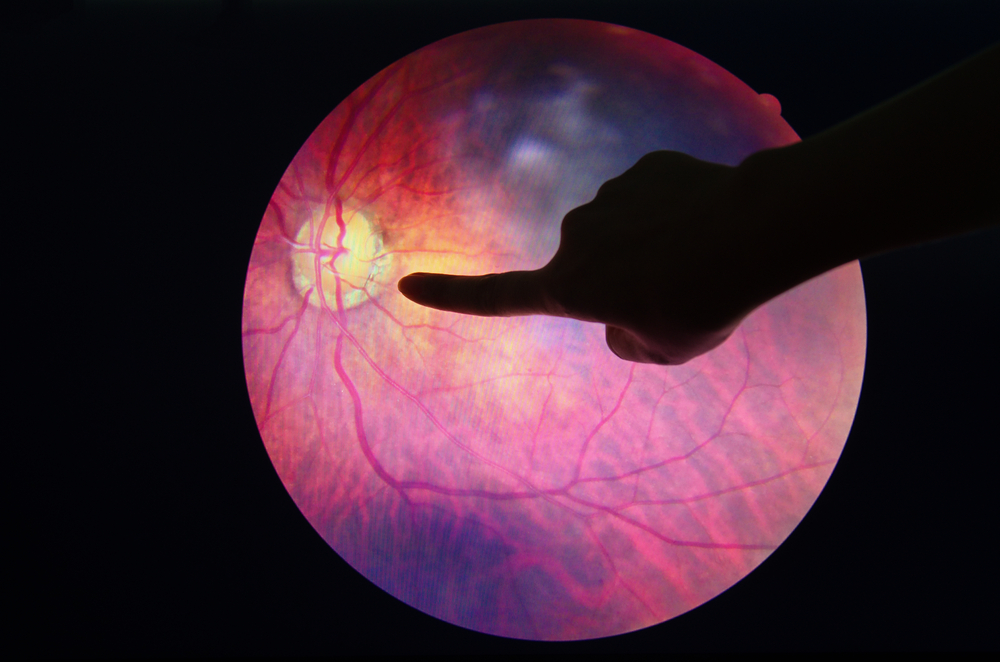
 FEATURED EXPERT
FEATURED EXPERT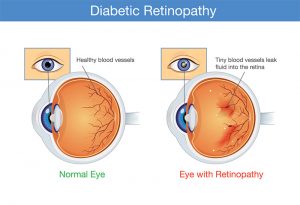

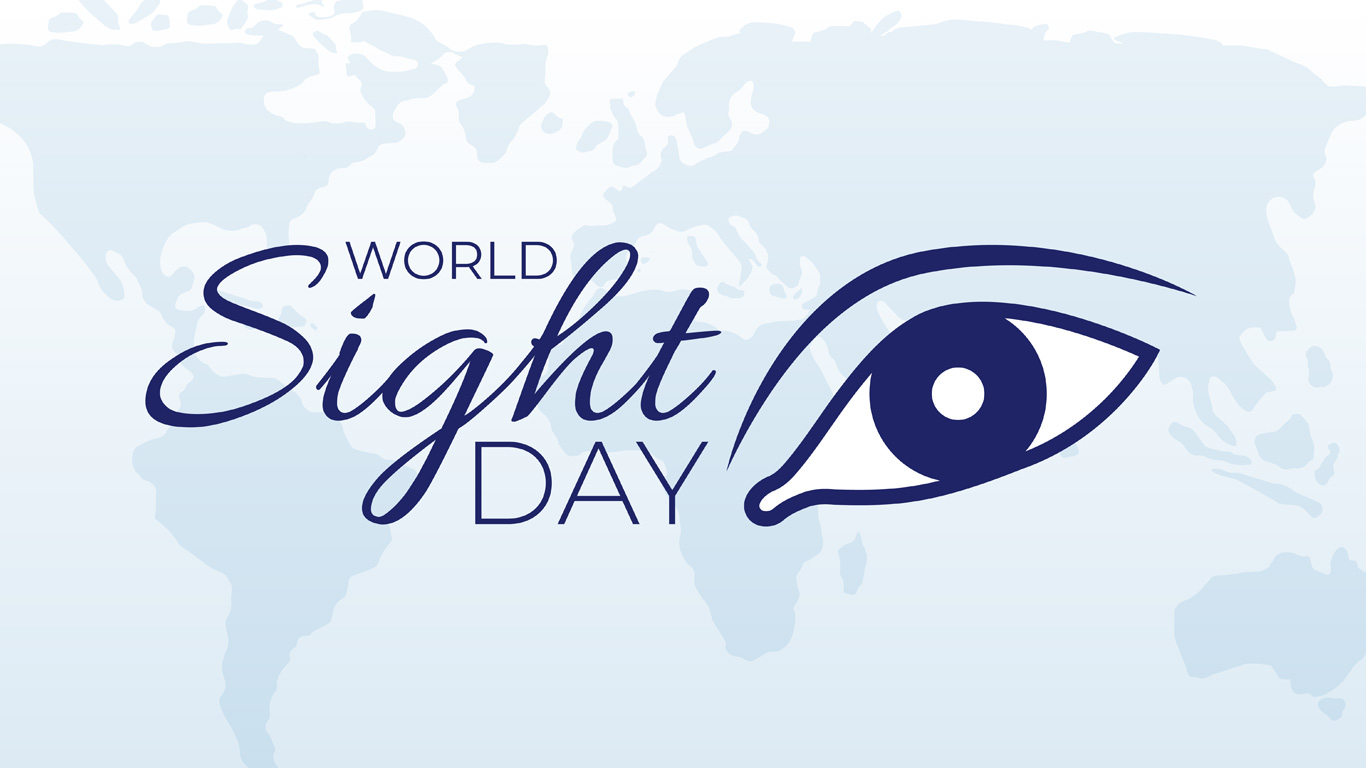
 FEATURED EXPERT
FEATURED EXPERT